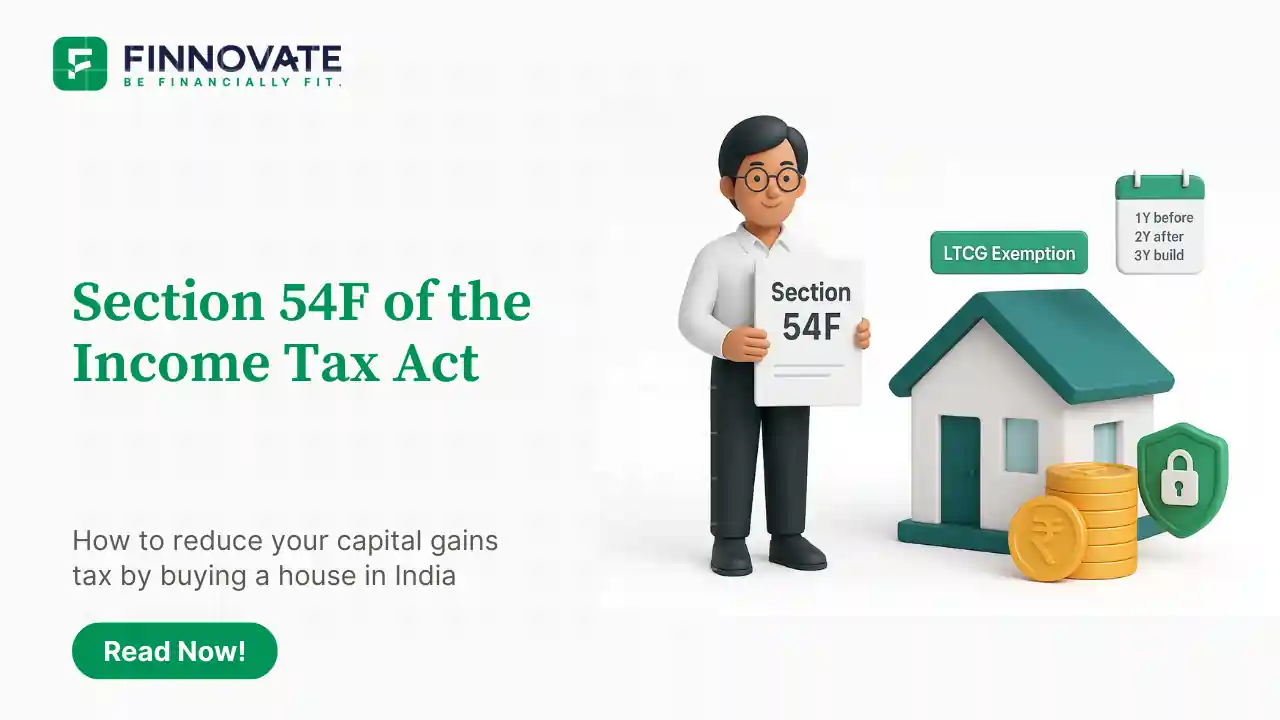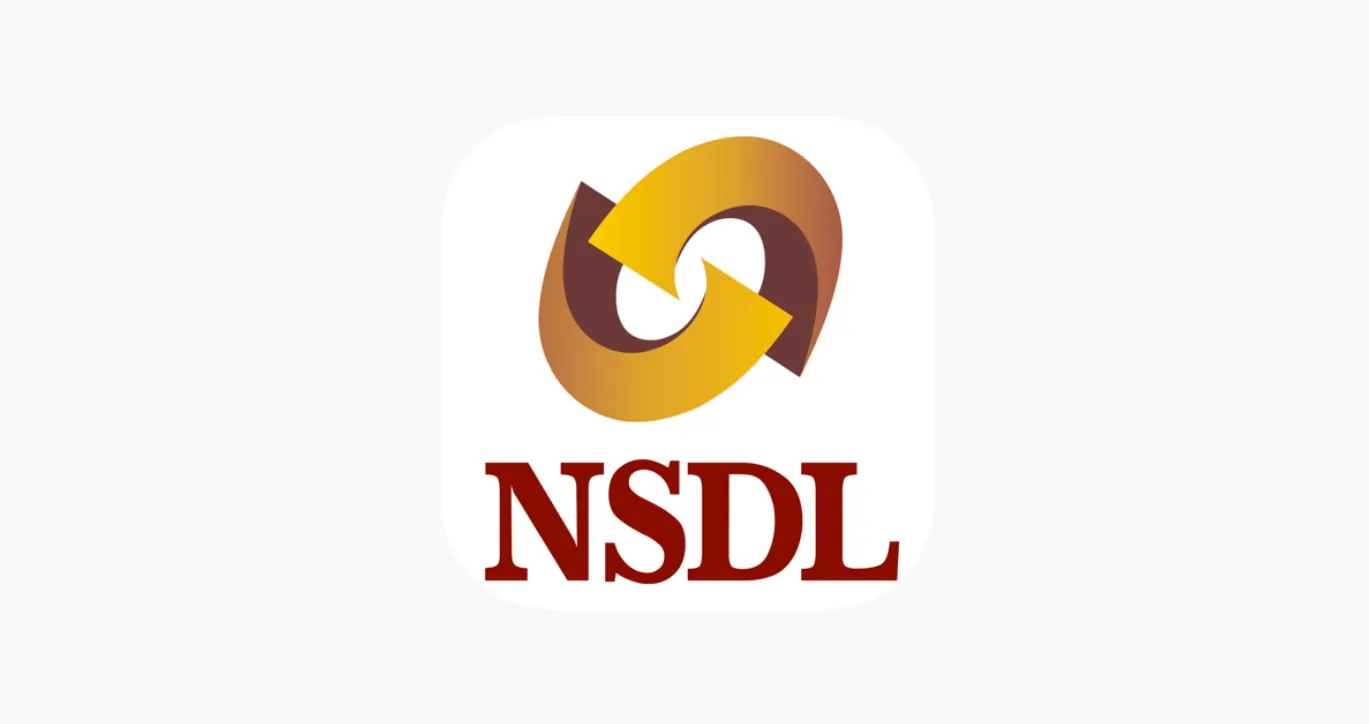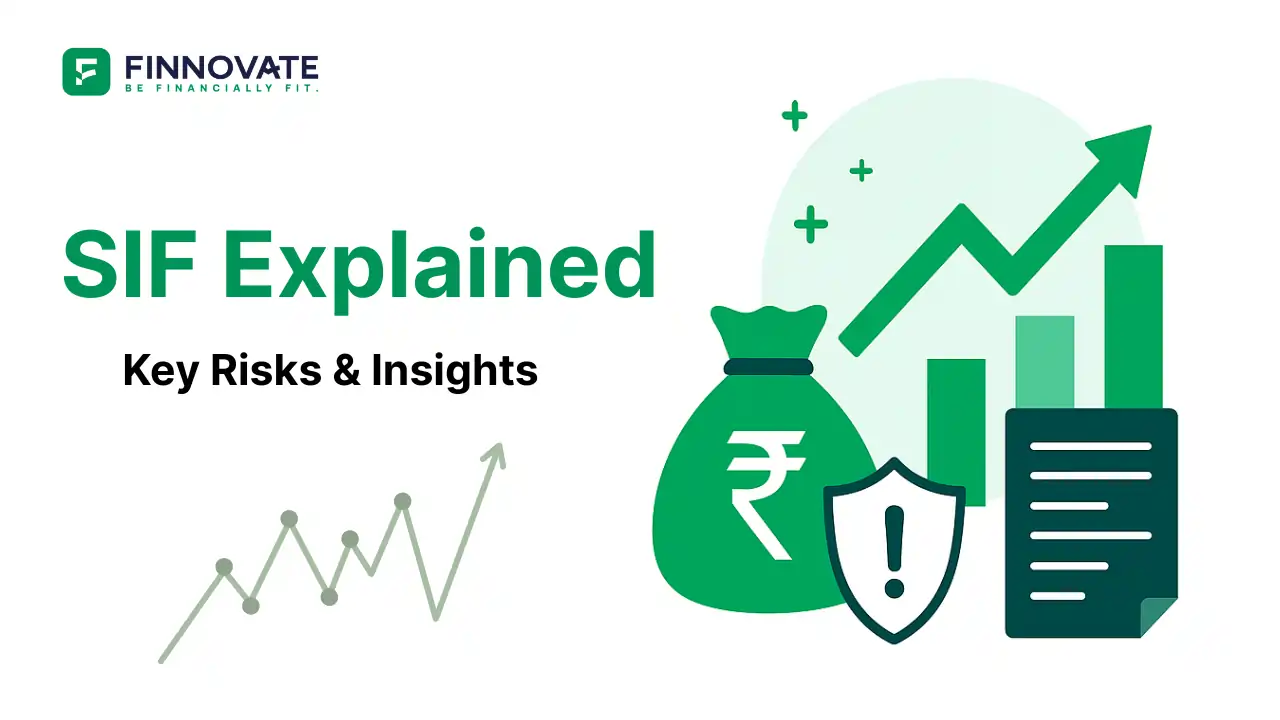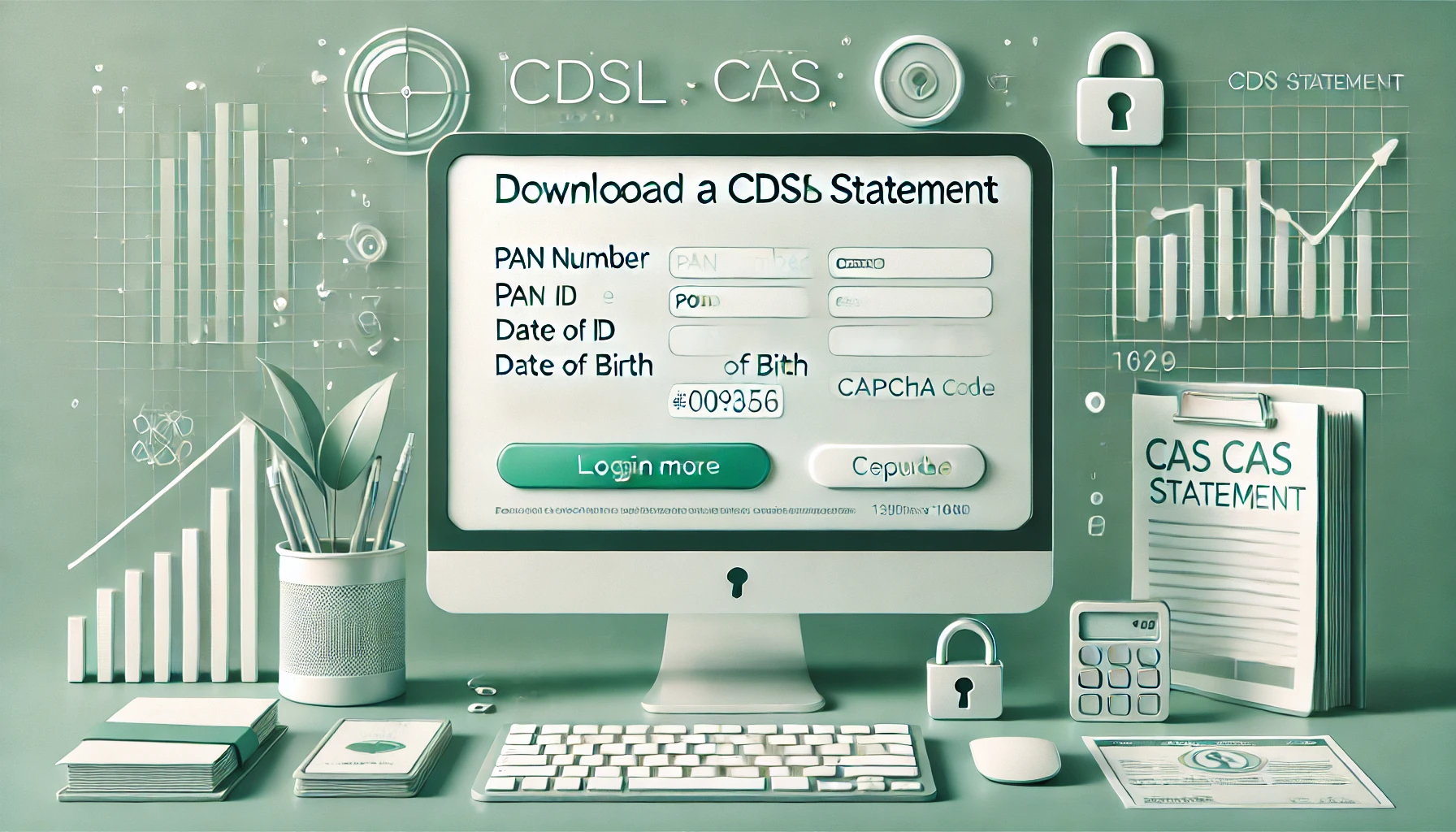
Section 54F Exemption: Save LTCG Tax by Buying a House in India
Learn how Section 54F works to reduce long-term capital gains tax when you reinvest sale p...
For most salaried individuals in India, tax planning begins with two questions:
“Which tax regime should I choose?” and “How do I reduce my tax legally?”
In FY 2024–25, with updated slabs, limited deductions, and an extended ITR deadline, there’s still time to make smart tax decisions. But doing it right means understanding your salary structure, choosing the right regime, and avoiding last-minute investment traps.
Before you compare tax regimes, look at your salary components. Most people don’t.
Typical structure:
Your structure determines:
Book a free 30-minute call with our expert to review your salary structure and eligible deductions - no product pitch, just clarity.
Book a Free SessionSince FY 2020–21, taxpayers can choose between two regimes.
New Tax Regime (Section 115BAC) – FY 2025–26
| Income Slab | Tax Rate |
|---|---|
| Up to ₹4,00,000 | Nil |
| ₹4,00,001 – ₹8,00,000 | 5% |
| ₹8,00,001 – ₹12,00,000 | 10% |
| ₹12,00,001 – ₹16,00,000 | 15% |
| ₹16,00,001 – ₹20,00,000 | 20% |
| ₹20,00,001 – ₹24,00,000 | 25% |
| Above ₹24,00,000 | 30% |
Note: A tax rebate of up to ₹25,000 is available if your income is up to ₹7,00,000 (for resident individuals only; not applicable to NRIs).
Old Tax Regime - FY 2025–26
| Income Slab | Tax Rate |
|---|---|
| Up to ₹2,50,000 | Nil |
| ₹2,50,001 - ₹5,00,000 | 5% |
| ₹5,00,001 - ₹10,00,000 | 20% |
| Above ₹10,00,000 | 30% |
Note: A tax rebate of up to ₹60,000 is applicable if total income does not exceed ₹12,00,000 (only for resident individuals).
Most salaried taxpayers are automatically placed under the new regime unless opted out while filing.
If you have eligible deductions, the old regime may save more tax.
| Section | What You Can Claim | Max Deduction |
|---|---|---|
| 80C | ELSS, PPF, LIC, home loan principal | ₹1.5L |
| 80D | Health insurance premiums | ₹25k–₹1L |
| 24(b) | Home loan interest | ₹2L |
| HRA (10(13A)) | House Rent Allowance (for rented home) | Conditional |
| 80E | Education loan interest | No limit (max 8 years) |
| 80CCD(1B) | Additional NPS contribution | ₹50k |
| 80CCD(2) | Employer’s NPS contribution | Up to 14% of basic salary |
Includes EPF, PPF, NSC, life insurance, ELSS, home loan principal repayment, and tuition fees (up to 2 children).
Note: Combined limit of ₹1.5 lakh.
| Who Covered | Deduction Limit |
|---|---|
| Self, Spouse & Children | ₹25,000 |
| Parents (< 60) | ₹25,000 (additional) |
| Parents (≥ 60) | ₹50,000 (additional) |
| Preventive Health Check-up | Included (up to ₹5,000) |
Least of the following:
Only for those staying in rented accommodation.
Up to ₹2L deduction for self-occupied property. Full interest allowed on rented homes, but capped for set-off.
Full interest is deductible for up to 8 years (or until paid off), for higher education of self/spouse/children/legal ward.
Loan must be from a bank or financial institution.
Principal repayment is not eligible.
Additional ₹50,000 over 80C for self-invested NPS.
| Employer Type | Old Regime | New Regime |
|---|---|---|
| Central/State Government | Up to 14% of Basic + DA | Up to 14% |
| Other Employers | Up to 10% | Up to 14% |
The new tax regime may be a smarter choice for many - especially for those with minimal deductions or a preference for simplicity. Here’s why it can be more beneficial in 2025:
| If You… | Why New Regime Wins |
|---|---|
| Don’t invest in PPF/ELSS/LIC | No need for deduction-based planning |
| Are renting but don’t receive HRA | Can’t claim exemption in old anyway |
| Prefer low effort filing | No proof submission needed |
| Rely on employer’s NPS contribution | Still deductible in both regimes |
| Earn ≤ ₹12.75L with standard salary setup | Likely pay zero tax |
Tip: Always compare regimes after including NPS employer contribution using a trusted tax calculator before filing.
Pro Tip: Form 26AS updates after 15 June - check TDS entries before filing.
Tax planning is not just about deductions. It’s about:
“You can save ₹20k–₹1L per year with smart planning, without chasing last-minute products.”
If unsure, consult a financial expert - especially if your income crosses ₹15L or if you receive allowances, bonuses, or ESOPs.
Our tax specialists can help you compare options and file correctly - no charge, no pressure.
Talk to a Tax Expert - It’s FreeTax planning is no longer just about saving ₹1.5 lakh under 80C. With two regimes to choose from, salaried individuals must look at the bigger picture - salary structure, deduction eligibility, long-term goals, and filing simplicity.
If you:
The key is not to rush just before the due date, but to decide early, adjust your structure if needed, and file smartly before the 15 September 2025 deadline.
15 September 2025 for non-audit taxpayers (including salaried).
Compare total deductions vs. benefit of lower rates. Use tax calculators or speak to an advisor.
Yes, if you are salaried (no business income), you can choose every year while filing.
No, only allowed in the old regime.
Only ₹75,000 standard deduction and employer NPS contributions under Section 80CCD(2).
Yes, under old regime:
– ₹1.5L under 80C
– ₹50k under 80CCD(1B)
– Employer NPS (extra) under 80CCD(2)
Only if it aligns with your investment goals - not for tax benefits.
You may pay up to ₹5,000 late fee under Section 234F + interest + no loss carry-forward.
Log into the income tax portal, and download Form 26AS and AIS.
Disclaimer: This article is for informational purposes only and does not constitute financial, tax, or legal advice. Please consult a qualified tax advisor or financial planner before making any tax-related decisions.
Popular now

Learn how to easily download your NSDL CAS Statement in PDF format with our step-by-step g...

Explore what Specialised Investment Funds (SIFs) are, their benefits, taxation, minimum in...

Learn How to Download Your CDSL CAS Statement with our step-by-step guide. Easy instructio...

Analyzing the potential economic impact of the 2025 India-Pakistan conflict on India's GDP...